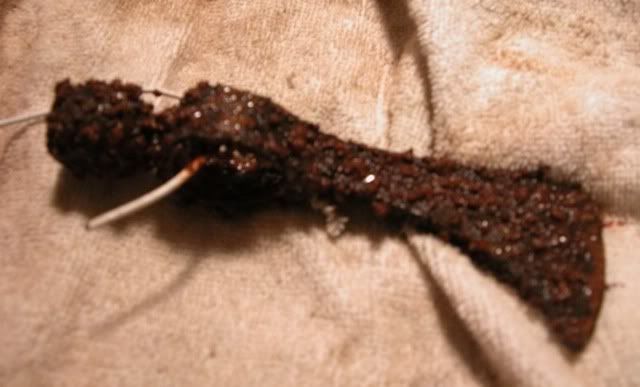sixoclockhold
32 Cal.
- Joined
- Nov 11, 2005
- Messages
- 41
- Reaction score
- 0
Can you tell me a method for aging a gun barrel and iron furniture. I have been told clorox and gun blue will work. How does one actuall do it.
thanks Jeff
thanks Jeff






So what does stop the chlorine's reaction?Zonie said:
Yup. Looks like bleach in action all right.
Chlorine beach is wicked stuff when it comes to carbon steel so if you decide to use it, keep it out of the barrel bore and any screw holes.
It is also very hard to get it to stop attacking the metal after it's done its job. Simply cleaning it with water won't do it.
zonie


Enter your email address to join: